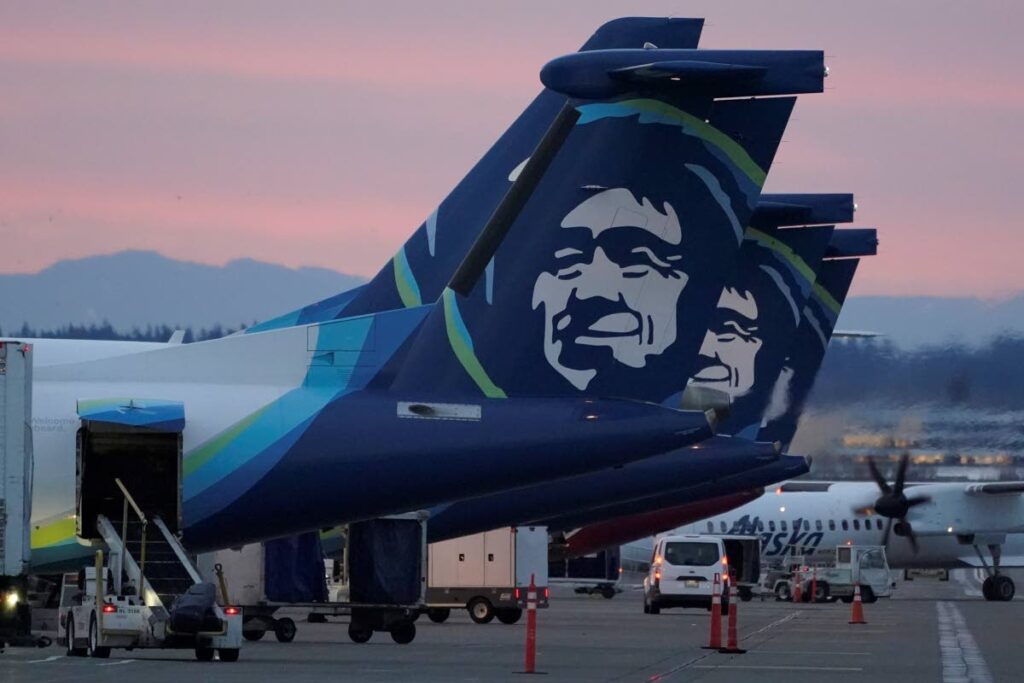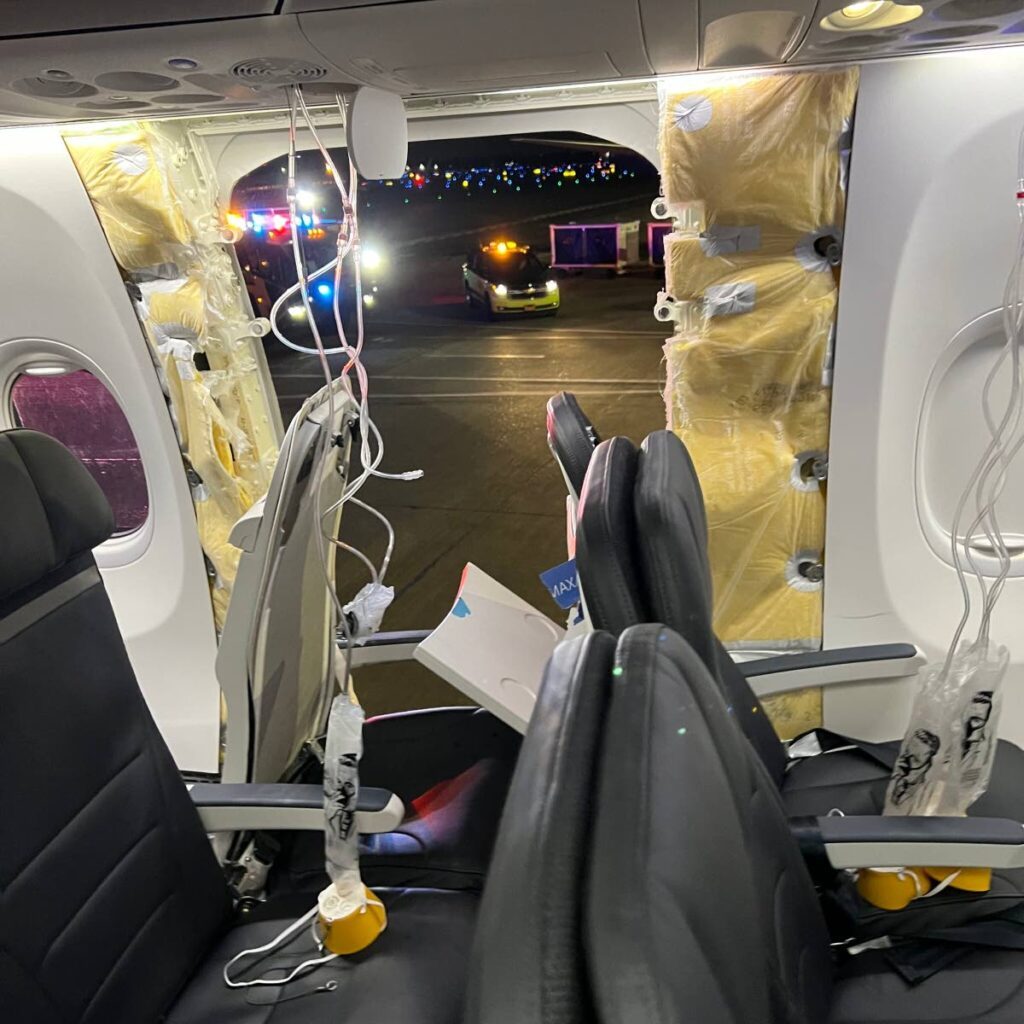Boeing 737-Max 9's regulatory hurdles

On March 4, the Seattle Times reported that a Federal Aviation Administration (FAA) audit of Boeing and supplier Spirit AeroSystems had found multiple instances of companies allegedly failing to comply with manufacturing quality control requirements.
The FAA action resulted from an accident on January 5, when Alaska Airlines flight 1282, operated by a Boeing 737-MAX 9, returned to Portland International Airport (PDX) after the left mid-exit door (MED) plug departed the plane, leading to a rapid decompression. The plane landed on runway 28L at PDX without further incident, and all occupants deplaned at the gate. Seven passengers and one flight attendant had minor injuries.
The FAA audit identified non-compliance issues in Boeing’s manufacturing process control, parts handling and storage and product control.
Last week, the FAA gave Boeing 90 days to come up with a detailed plan to get control of its quality management system, both in-house and at the supplier level.
The Boeing plan must address the findings in the FAA audit.
During an all-day safety meeting at FAA headquarters on February 27, FAA administrator Mike Whitaker informed top Boeing officials that the aircraft manufacturer must develop a comprehensive action plan to address its systemic quality-control issues to meet the FAA’s non-negotiable safety standards.
"Boeing must commit to real and profound improvements," Whitaker said after the meeting with Boeing CEO and president Dave Calhoun and his senior safety team. "Making foundational change will require a sustained effort from Boeing’s leadership, and we are going to hold them accountable every step of the way, with mutually understood milestones and expectations."
Whitaker told Boeing that he expects the company to provide the FAA with a comprehensive action plan within 90 days that will incorporate the forthcoming results of the FAA production-line audit and the latest findings from the expert review panel report, which is required by the Aircraft Certification, Safety, and Accountability Act of 2020.
The plan must also include action Boeing took to integrate its safety management system programme with a quality management system, which will ensure the same level of rigour and oversight is applied to the company’s suppliers and create a measurable, systemic shift in manufacturing quality control.

"Boeing must take a fresh look at every aspect of their quality-control process and ensure that safety is the company’s guiding principle," Whitaker said.
The accident triggered a 19-day emergency grounding of all Max 9s, and reignited scrutiny of Boeing by regulators after the fatal Max 8 crashes of 2018 and 2019.
On January 6, FAA issued an Emergency Airworthiness Directive (EAD) ordering the temporary grounding of certain Boeing 737- MAX 9 aircraft operated by US airlines or in US territory.
"The EAD requires immediate inspections of certain Boeing 737-9 MAX planes before they can return to flight," Whitaker said. "Safety will continue to drive our decision-making as we assist the NTSB’s investigation into Alaska Airlines Flight 1282."
In response to the accident, the US National Transportation Safety Board (NTSB), as the government agency responsible for investigating all aviation accidents in the US, travelled to Portland to initiate an investigation into the accident.
On January 8, FAA provided the affected operators with an approved method to comply with the EAD.
The EAD also affected approximately 171 planes worldwide.
On January 12, the FAA announced requirements for a rigorous inspection and maintenance process as a new and necessary step before the FAA contemplates any further steps in the process of returning Boeing 737-9 MAXs to service. The first 40 inspections that were part of that process were completed and the data from the inspections thoroughly analysed by the FAA.
All 737-9 MAX aircraft with door plugs remained grounded until the FAA’s final approval of an inspection and maintenance process that satisfies all its safety requirements.
Once the FAA approves an inspection and maintenance process, it will be required on every grounded 737-9 MAX before future operation.
According to the FAA, the safety of the flying public, not speed, will determine the timeline for returning these aircraft to service.
On January 24, Calhoun met with several US lawmakers on Capitol Hill.
Boeing declined to comment on the CEO's meetings on Capitol Hill, but Calhoun told reporters before one meeting that Boeing fully understands "the gravity of the situation."
Calhoun's visits with lawmakers came as the NSTB announced plans to travel very soon to Boeing's 737 factory in Renton, Washington.
The NTSB said it will examine documents on the MAX 9 plane that suffered the blowout, including those related to production, manufacturing and maintenance, allowing the organisation to build a timeline from the early stages of production of the door plug to the accident flight.

On February 6, NTSB issued a preliminary report stating evidence showed the four bolts that prevent upward movement of the MED plug were missing before the MED plug moved upward off the stop pads.
Boeing acknowledged its responsibility for the blowout in a statement issued after the NTSB report and said it is working to make sure incidents like this do not recur.
"Whatever final conclusions are reached, Boeing is accountable for what happened," said Calhoun in a statement. "An event like this must not happen on an airplane that leaves our factory. We simply must do better for our customers and their passengers."
On February 12, Whitaker was on Boeing’s factory floor in Renton, Washington, to see the 737 production line and hear directly from Boeing engineers, mechanics and others about quality control processes. Whitaker also went to the Alaska Airlines headquarters to discuss the left mid-cabin door plug that blew out of Flight 1282 on January 5.
On February 21, Boeing announced it is replacing the head of its 737 Max programme as part of a reshuffling of the company.
The FAA continues to support the NSTB’s investigation into Alaska Airlines Flight 1282. The NTSB will provide periodic updates.
Boeing, with its B737 MAX series aircraft, and Airbus, with its A320neo series aircraft, compete with each other for market share in the medium-range jet aircraft category.
Boeing must surmount its regulatory hurdles to gain competitive advantage and increase market share.

Comments
"Boeing 737-Max 9’s regulatory hurdles"